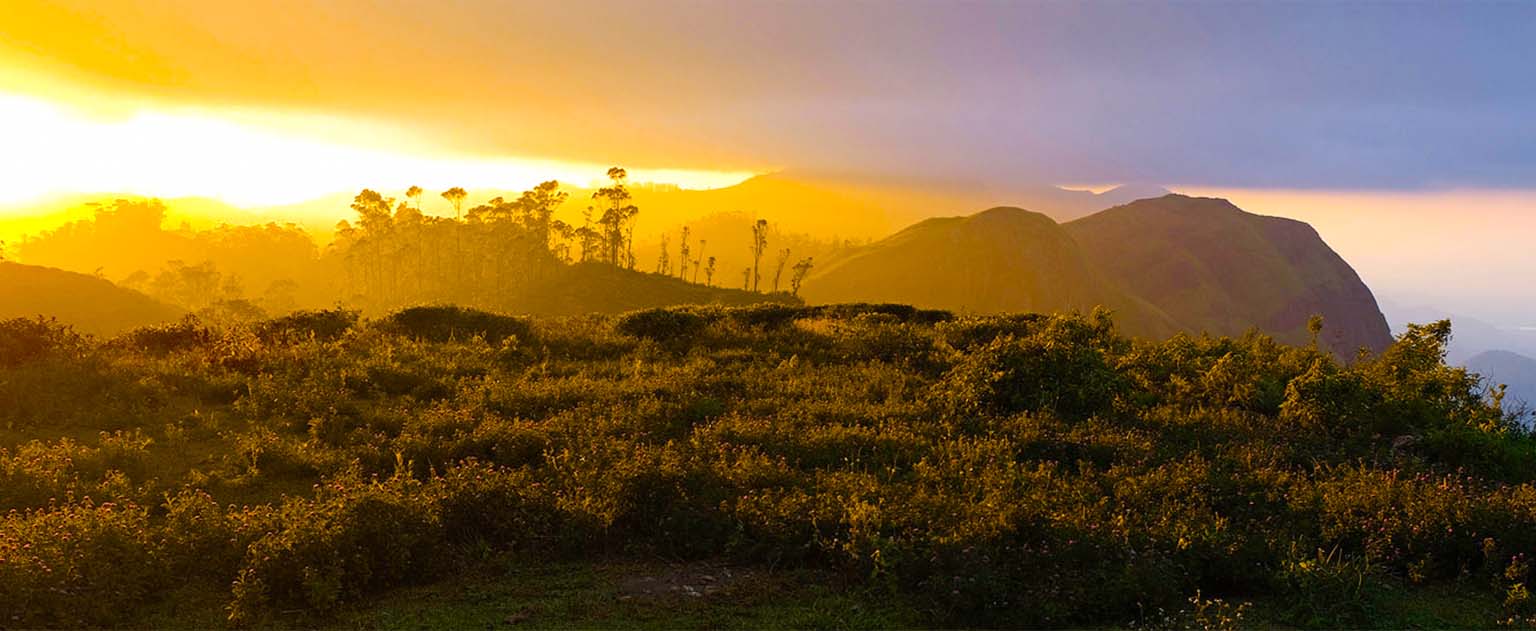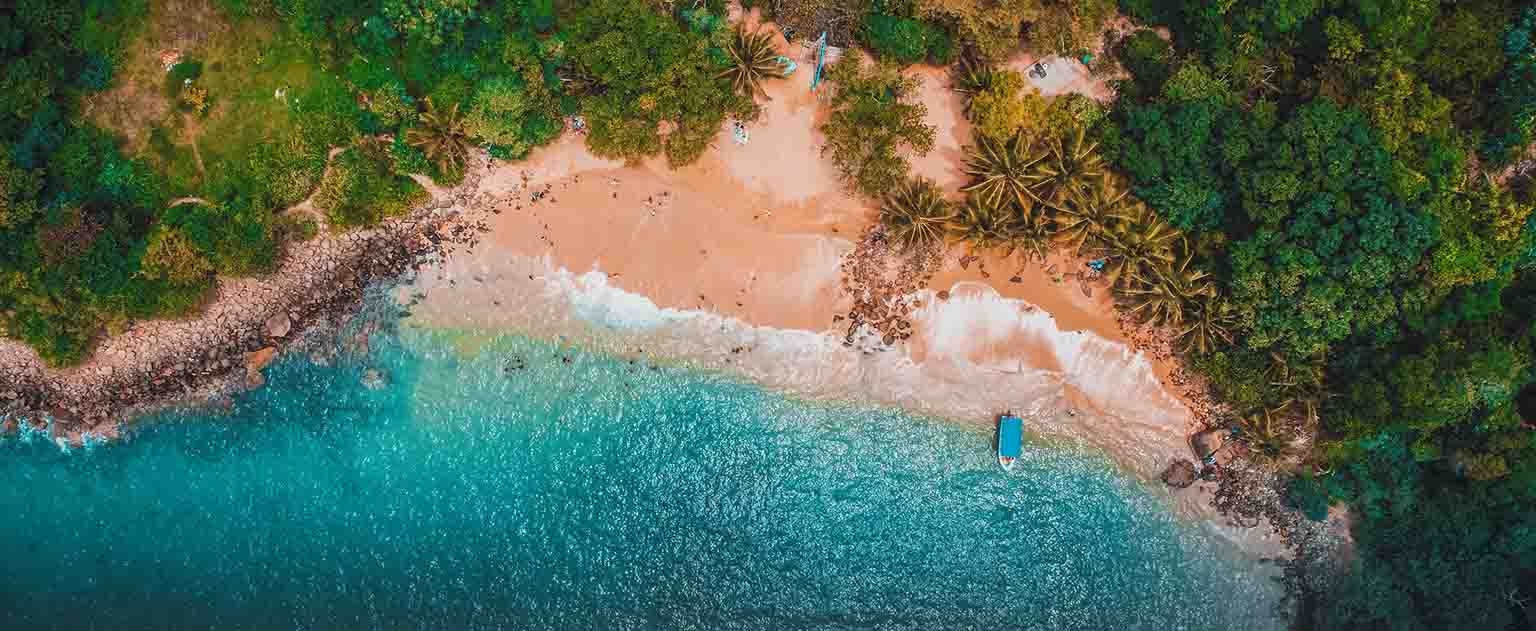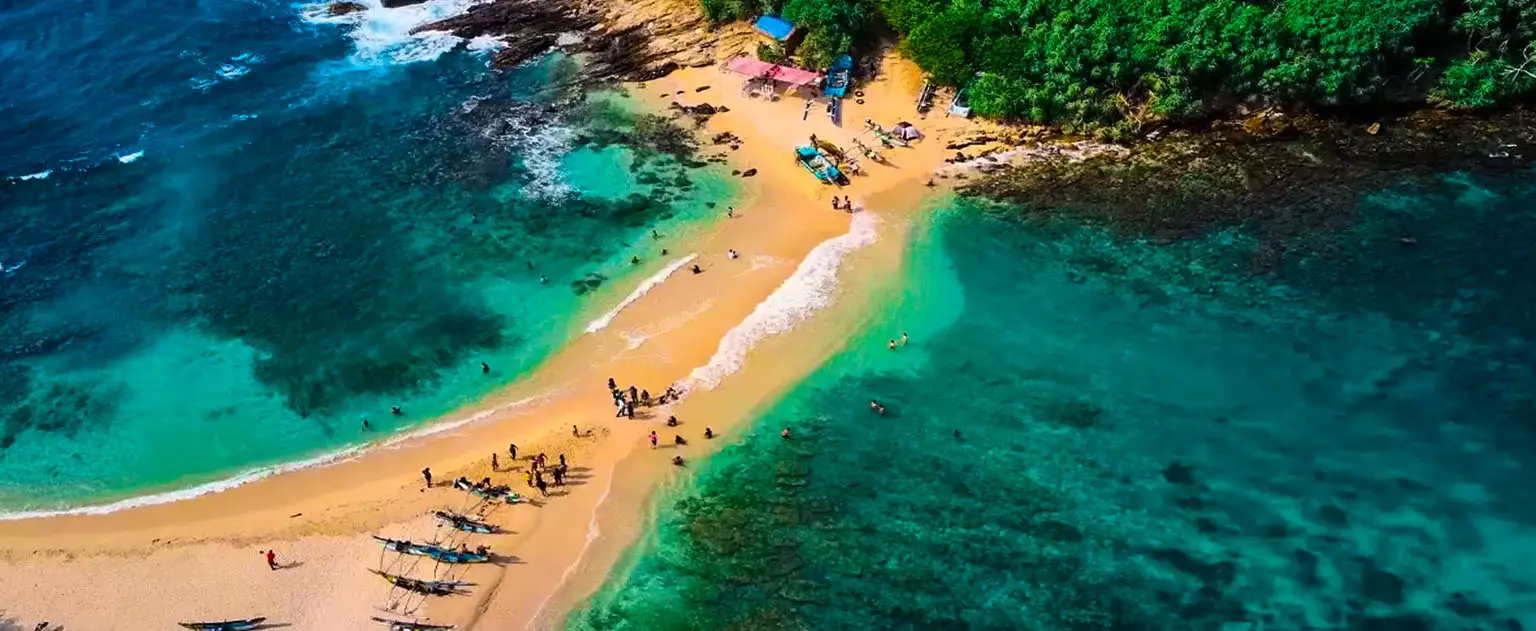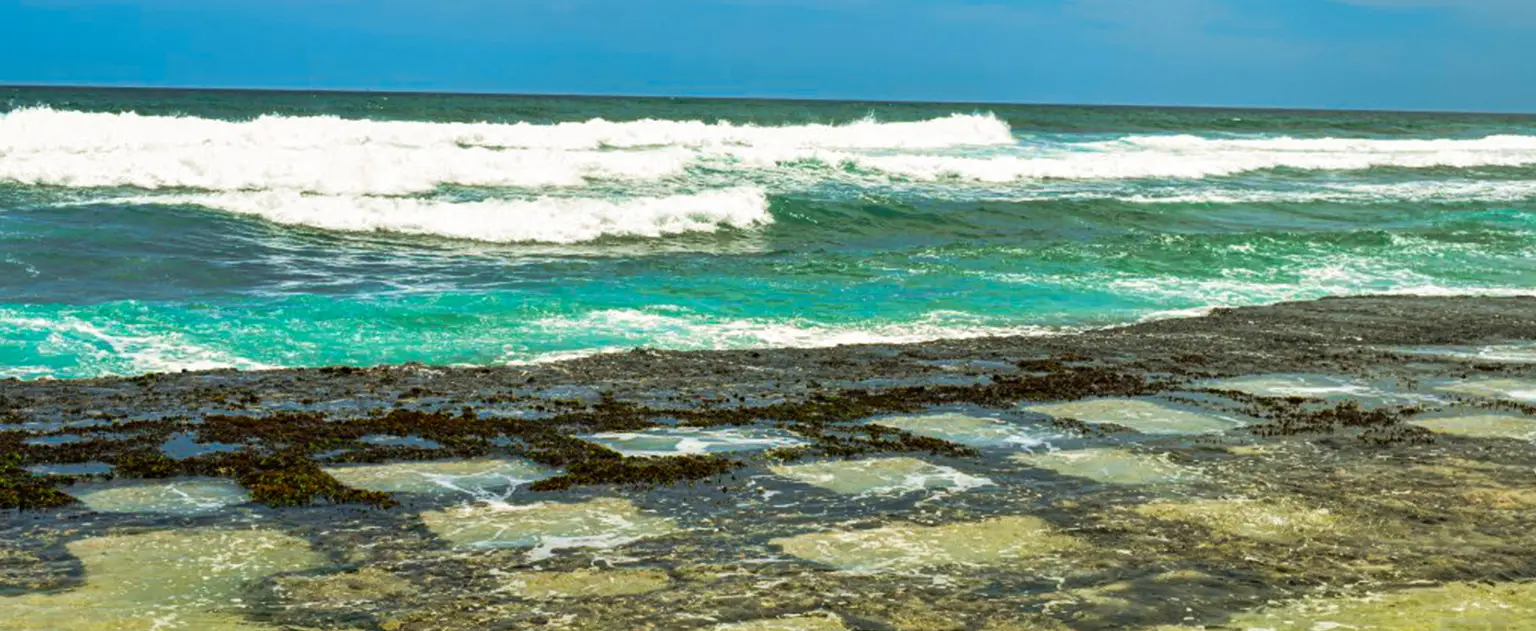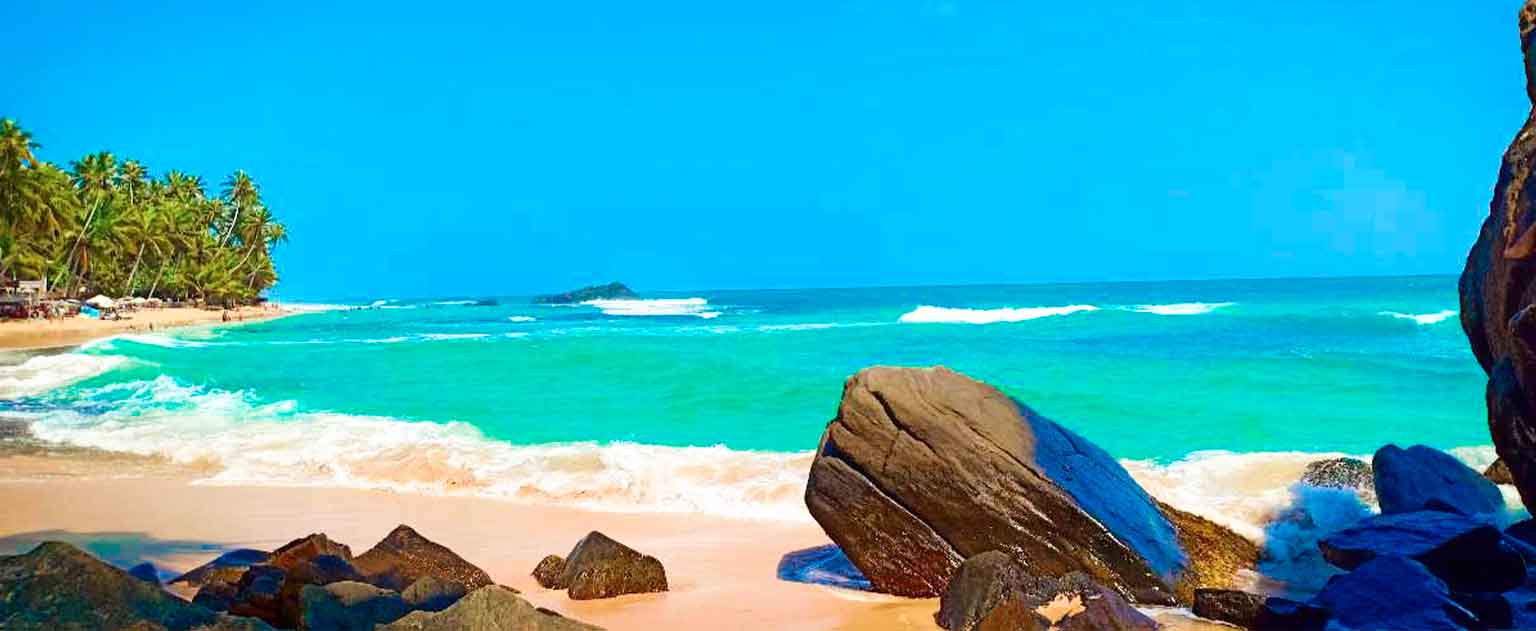Sabaragamuwa Province, one of the nine provinces of Sri Lanka, holds a distinctive cultural and historical significance. Established during the British colonial period in the 19th century, the provinces gained formal recognition and administrative structure with the 13th Amendment to Sri Lanka’s Constitution in 1987, which introduced provincial councils.
The province derives its name from the Sabara, an indigenous community historically associated with the region. The term “Sabara” originates from ancient Indic languages, referring to hunter-gatherer tribes that once inhabited the area.
Ratnapura serves as the provincial capital, renowned for its historical role in gem mining and trading, earning it the title “City of Gems.” Another significant town in Sabaragamuwa Province is Kegalle.
Geographically, Sabaragamuwa covers an area of 4,968 square kilometers and has a population of approximately 1,918,880 people. The province boasts a diverse landscape featuring lush greenery, rivers, and notable waterfalls, contributing to its scenic beauty and biodiversity.
Educationally, Sabaragamuwa Province hosts Sabaragamuwa University of Sri Lanka, founded in 1991 and located in Belihuloya. This institution plays a pivotal role in providing higher education opportunities within the region.
Economically, agriculture forms a cornerstone of the province’s economy, with tea, rubber, and coconut cultivation being prominent. The gem mining industry, particularly centered in Ratnapura, significantly contributes to local economic activities.
Culturally, Sabaragamuwa Province reflects a blend of Sinhalese traditions and indigenous cultural practices. Festivals, traditional dance forms, and rituals are integral to the cultural identity of the region, showcasing its rich heritage and diversity.
In summary, Sabaragamuwa Province stands out as a region of historical depth, natural beauty, economic significance, and cultural diversity within Sri Lanka’s provincial framework.
Adam’s Peak (Sri Pada)
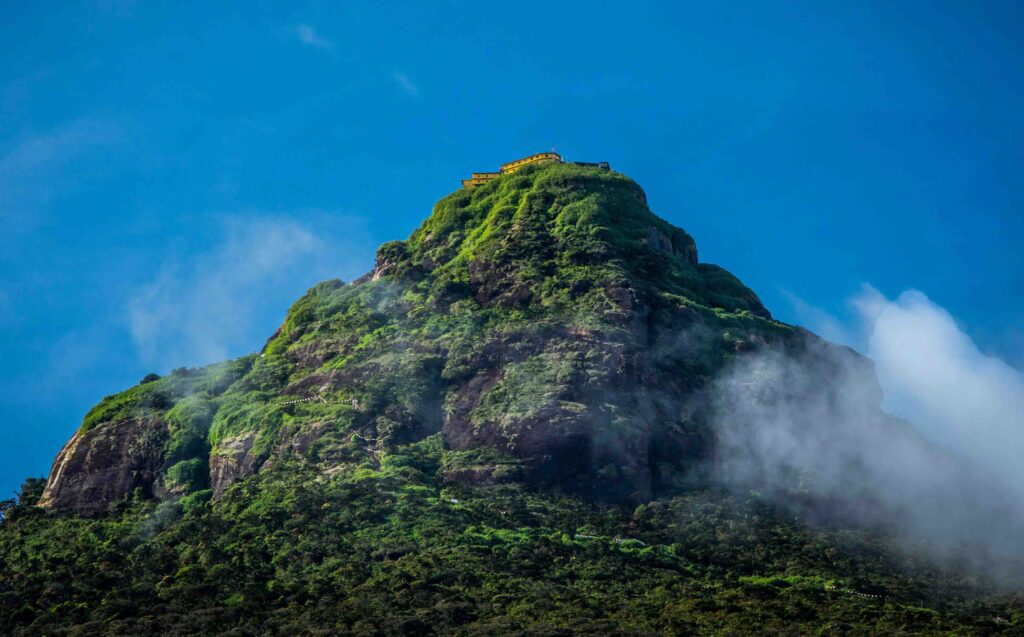
Sri Pada is the only mountain that people of all faiths have revered for centuries. Sri Pada goes by several names in Sanskrit literature, including Lanka Kanda, Ratnagiri (Gem Mountain), Malayagiri, and Rohana Kanda. This surname, like its Arabic and Persian variants Al Rohun, is derived from the name of Sri Pada, a district in Sri Lanka’s southwestern region. In numerous Dravidian texts, it is known as Svargarohanam (nod to heaven), whereas the Portuguese name it Pico de Adam and the English Adam’s Peak. It’s known as Samantakootaya (abode of Samantas) in the Mahavamsa, the famous chronicle of Sri Lanka published in the fifth century AD, and Samanelakhanda in modern Sinhala.
Centuries ago, the only way to reach Sri Pada was through Ratnapura, known as the City of Jewels. As the Sinhalese civilization expanded to the central highlands after the 13th century and the forests began to be cleared, two new pathways emerged, one from Uva and the other from Kehelgamuva. These two pathways have been abandoned for at least a hundred years and are difficult to trace now. After the British began building roads through the highlands in the middle of the nineteenth century, the Hatton path became and continues to be the most popular pilgrimage route to the summit.
The pilgrimage season lasts from December to May, which is the ideal time to visit Adam’s Peak. Clear skies provide amazing views and a greater chance of seeing the magnificent sunrise during this time of year. The weather is often cool and dry. Rest stops and food stands are fully functional, and the route to the peak is lit with lights for a safer and easier evening climb. A deeper cultural experience is also possible during this time of year, when hundreds of pilgrims from many faiths travel there, contributing to the meditative ambiance. Because of the constant rain, slick trails, and few services, it is best to avoid the off-season, which runs from June to November. Try climbing on Poya (full moon) days in January and February, which are important in the Buddhist calendar, for an especially moving experience. It usually takes 4-6 hours to reach the summit by dawn, thus starting the climb late at night increases the likelihood of seeing the peak’s distinctive shadow and the magnificent sunrise. It is advised to schedule your climb for a weekday rather than a weekend or public holiday to avoid the crowds.
When getting ready for a hike to Adam’s Peak, it’s important to pack layered clothing to adjust to temperature changes, sturdy hiking boots for the uneven path, and warm accessories like a hat and gloves. Also, bring a small backpack with 1-2 liters of water, high-energy snacks, a headlamp or flashlight with extra batteries, and a lightweight rain jacket. Additionally, pack personal items such as a first aid kit, toiletries, sunscreen, lip balm, and insect repellent. Other useful items to include are trekking poles, a camera or smartphone, small amounts of money, and a map or guidebook. For those on a pilgrimage, don’t forget to bring offerings, prayer beads, or other spiritual items. To ensure a safe and rewarding experience, start the climb late at night to reach the summit by dawn, pace yourself, take breaks, and stick to marked paths.
The view and dawn from the summit of Adam’s Peak are truly magnificent and uplifting. As you approach the summit, the panoramic view opens out, revealing a sweeping vision of the Central Highlands’ surrounding mountains, valleys, and forests. The early morning light slowly brightens the scene, exposing a tapestry of lush foliage and faraway peaks. The most captivating time is morning, when the sun’s first rays appear, casting a golden tone over the horizon. This spectacle is heightened by the unusual phenomena in which the mountain’s shadow produces a perfect triangle shape that extends across the countryside below. The peaceful and majestic glory of this natural phenomenon, along with the spiritual atmosphere, provides a remarkable and meaningful experience for everyone who ascends.
Pinnawala Elephant Orphanage
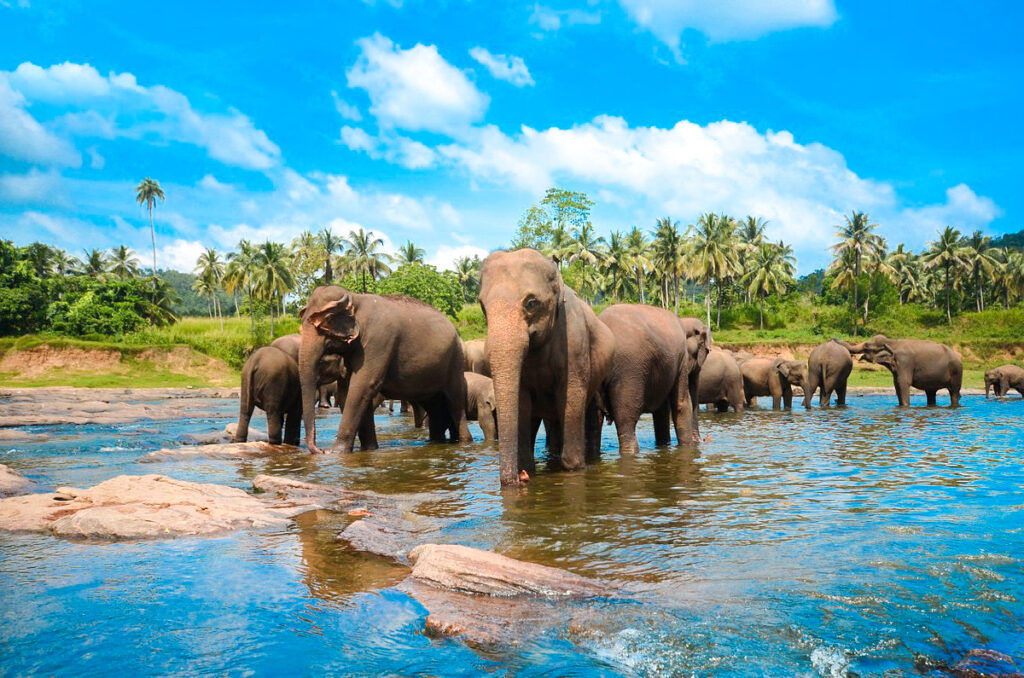
orphanage has gained widespread acclaim for its successful captive breeding program, which plays a pivotal role in ensuring the sustainability of the elephant population in Sri Lanka. Notably, in 2021, the orphanage rejoiced in the rare birth of twin elephants, a momentous occasion that marked an unparalleled event in the country after an 80-year gap since the last twins were born.
Visitors flocking to Pinnawala have the extraordinary opportunity to partake in the daily rituals of the resident elephants, observing them being gracefully bathed and lovingly fed in the gentle embrace of the river. This intimate interaction offers a profound and captivating experience, allowing guests to forge a deep connection with these majestic creatures. Despite the occasional controversies surrounding animal welfare, championed by organizations like the Born Free Foundation, the orphanage continues to draw inquisitive travelers, standing as a popular tourist destination and an indispensable bastion for the conservation of elephants in Sri Lanka.


